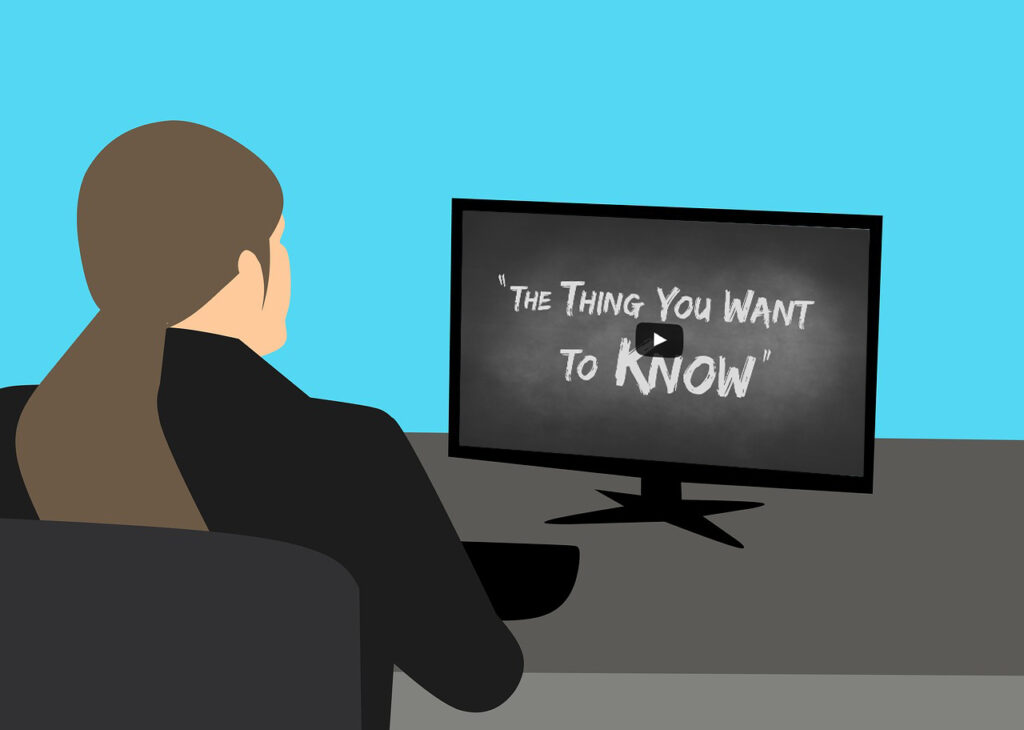Video: The Buyer Enablement Tool

Gartner, the leading supplier of categories to the Information Technology Industry, has come out with a new one: Buyer Enablement Tools. “Today’s buying journey isn’t just hard — it has reached a tipping point where it’s become nearly unnavigable without a significant amount of help,” according to Brent Adamson, principal executive advisor at Gartner. “Much […]
Why you need more “snackable” video content

The DemandGen 2018 B2B Buyers Survey Report is out. Among the findings that might surprise you is this: the role of sales is critical early in the sales process. Yes, buyers are spending even more time doing research on their own, and the buying team is bigger, and the purchase cycle is longer. Nevertheless, a […]
What kind of video do you need in sales communication?

“Are Salespeople Relevant to the Modern Buyer?” is the question posed in an article by Tamara Schenck about about CSO Insights’ 2018 Buyer Preferences Study. At first glance, its results seem to say “Not really.” Most buyers only engage with salespeople after they have identified their needs. Many buyers have already identified a solution before engaging […]
Video for sales enablement

When Gartner technology marketing analyst Todd Berkowitz evaluated his “10 Fearless Predictions for B2B Tech Sales and Marketing in 2017” at the end of the year, he decided that he had been “completely right” in predicting that “Tech Providers Will Pay Far More Attention to Sales Enablement.” He deemed the prediction “Content Creation Will […]
Why you need new types of video: all marketing is consumer marketing

Is B2B to be B2C? That is the question. Marc Brown, who analyzes digital marketing strategy, trends and practices at Gartner, argues persuasively that the differences between B2B and B2C are are rapidly disappearing. This trend has important implications for sales and marketing video production, and for content marketing in general. And it supports the case […]
Conversational video content for sales enablement

Vidyard recently published an infographic that maps types of video productions (explainers, product info, chalk talks, personalized, etc.) to the customer lifecycle and suggests appropriate levels of production values for each genre. It’s worth a look. But this “generic” approach to video is mostly geared to marketing content that is essentially promotional. I don’t think […]
Take advantage of these 2017 B2B Video Marketing Trends

In a recent post I wrote about three B2B Video Marketing Trends I’ll be watching for in 2017. More conversational. Less advertorial. More formats More app-like Actually, I’ll be doing more than watching. I’ll be working with clients to find ways to take advantage of these B2B video marketing trends. All three lead toward more engagement […]
Explainer video production questions for subject matter experts

Knowledge transfer is the aim of most of the videos we make. When you begin an explainer video production project, the “knowledge” you want your prospect to take on board resides in the minds of subject matter experts — salespeople, product managers, marketers and engineers. Some subject matter experts (e.g., salespeople) are invested in the […]
Chapterizing videos? Why aren’t you doing it?
What are your reasons for not chapterizing videos? Consider any of the following situations. #1. You are a new employee. Your Employee Orientation Package contains links to a number of webinar recordings, executive presentations, solution demos, and tutorials — several hours’ worth, say — that you are urged to watch to help you get oriented. […]
Why you should make interactive marketing videos
Educators and corporate trainers have been using “interactive” video for decades — at least, since the dawn of “Educational TV” — but it’s just now making its way into online sales engagement and content marketing. YouTube, Wistia, Hapyak, and Viewbix are among the services offering annotations and analytics. Learning management systems can be extended to marketing. And there […]
